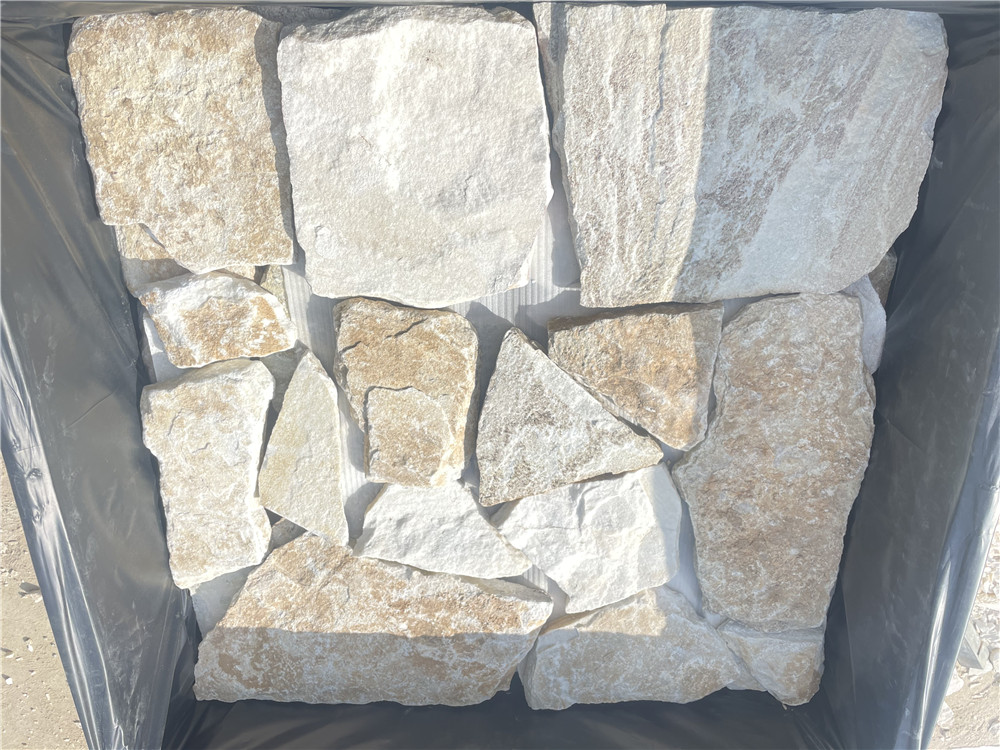Introduction
Cultured stone cladding has become increasingly popular in the construction industry due to its aesthetic appeal, durability, and versatility. This innovative material provides a cost-effective alternative to natural stone while offering a wide range of design options for both residential and commercial projects. In this comprehensive guide, we will explore the beauty and benefits of cultured stone cladding, its various applications, installation methods, maintenance requirements, and environmental sustainability.
Chapter 1: Understanding Cultured Stone Cladding
Cultured stone cladding, also known as manufactured stone veneer, is a lightweight and versatile material that mimics the look and feel of natural stone. This man-made product is composed of cement, aggregates, and iron oxides, which are molded and colored to replicate the appearance of different types of natural stone such as granite, limestone, and slate. Cultured stone cladding is available in a wide range of textures, colors, and patterns, allowing architects and designers to achieve the desired aesthetic for their projects.
Chapter 2: Benefits of Cultured Stone Cladding
1. Cost-Effective Alternative: Cultured stone cladding is more affordable than natural stone, making it an attractive option for budget-conscious projects.
2. Lightweight: The lightweight nature of cultured stone cladding makes it easier to handle and install compared to natural stone, reducing labor costs and installation time.
3. Versatility: Cultured stone cladding can be used for various applications, including exterior facades, interior walls, fireplaces, and accent features, providing endless design possibilities.
4. Durability: Cultured stone cladding is resistant to weathering, fading, and stains, ensuring long-lasting beauty and performance.
5. Low Maintenance: Cultured stone cladding requires minimal maintenance, with occasional cleaning and sealing to preserve its appearance and integrity.
Chapter 3: Applications of Cultured Stone Cladding
Cultured stone cladding is a versatile material that can be used in a wide range of applications, including:
1. Exterior Facades: Cultured stone cladding is commonly used to enhance the exterior facades of buildings, adding texture and visual interest to the architecture.
2. Interior Walls: Cultured stone cladding can be installed on interior walls to create a focal point or accent feature, adding warmth and character to the space.
3. Fireplaces: Cultured stone cladding is a popular choice for fireplace surrounds, providing a rustic and cozy ambiance to the room.
4. Accent Features: Cultured stone cladding can be used to create accent walls, columns, archways, and other architectural elements to enhance the overall design of a space.
Chapter 4: Installation Methods
There are two main methods for installing cultured stone cladding: adhered and stacked stone.
1. Adhered Method: In the adhered method, the cultured stone veneer is attached directly to the substrate using a mortar or adhesive. This method is suitable for flat surfaces and allows for precise placement of the stones.
2. Stacked Stone Method: In the stacked stone method, the cultured stone veneer is stacked and dry-stacked without mortar, creating a natural and rustic look. This method is ideal for irregular surfaces and provides a more organic appearance.
Chapter 5: Maintenance Requirements
To ensure the longevity and beauty of cultured stone cladding, regular maintenance is essential. Here are some maintenance tips:
1. Cleaning: Cultured stone cladding should be cleaned periodically using a mild detergent and water to remove dirt, dust, and grime.
2. Sealing: It is recommended to seal the cultured stone cladding with a protective sealer to enhance its resistance to stains, water penetration, and UV damage.
3. Inspection: Regularly inspect the cultured stone cladding for any signs of damage, such as cracks, chips, or discoloration, and address them promptly to prevent further deterioration.
Chapter 6: Environmental Sustainability
Cultured stone cladding offers environmental benefits compared to natural stone, including:
1. Resource Conservation: Cultured stone cladding reduces the demand for natural stone quarries, preserving natural resources and minimizing environmental impact.
2. Energy Efficiency: The manufacturing process of cultured stone cladding consumes less energy and produces fewer emissions compared to natural stone extraction and processing.
3. click this : Cultured stone cladding can be recycled and repurposed at the end of its lifespan, reducing waste and promoting sustainability in construction practices.

Conclusion
Cultured stone cladding is a versatile and cost-effective material that offers numerous benefits for architectural and design projects. With its aesthetic appeal, durability, and sustainability, cultured stone cladding has become a popular choice for both residential and commercial applications. By understanding its features, applications, installation methods, maintenance requirements, and environmental considerations, architects, designers, and homeowners can make informed decisions when incorporating cultured stone cladding into their projects.
